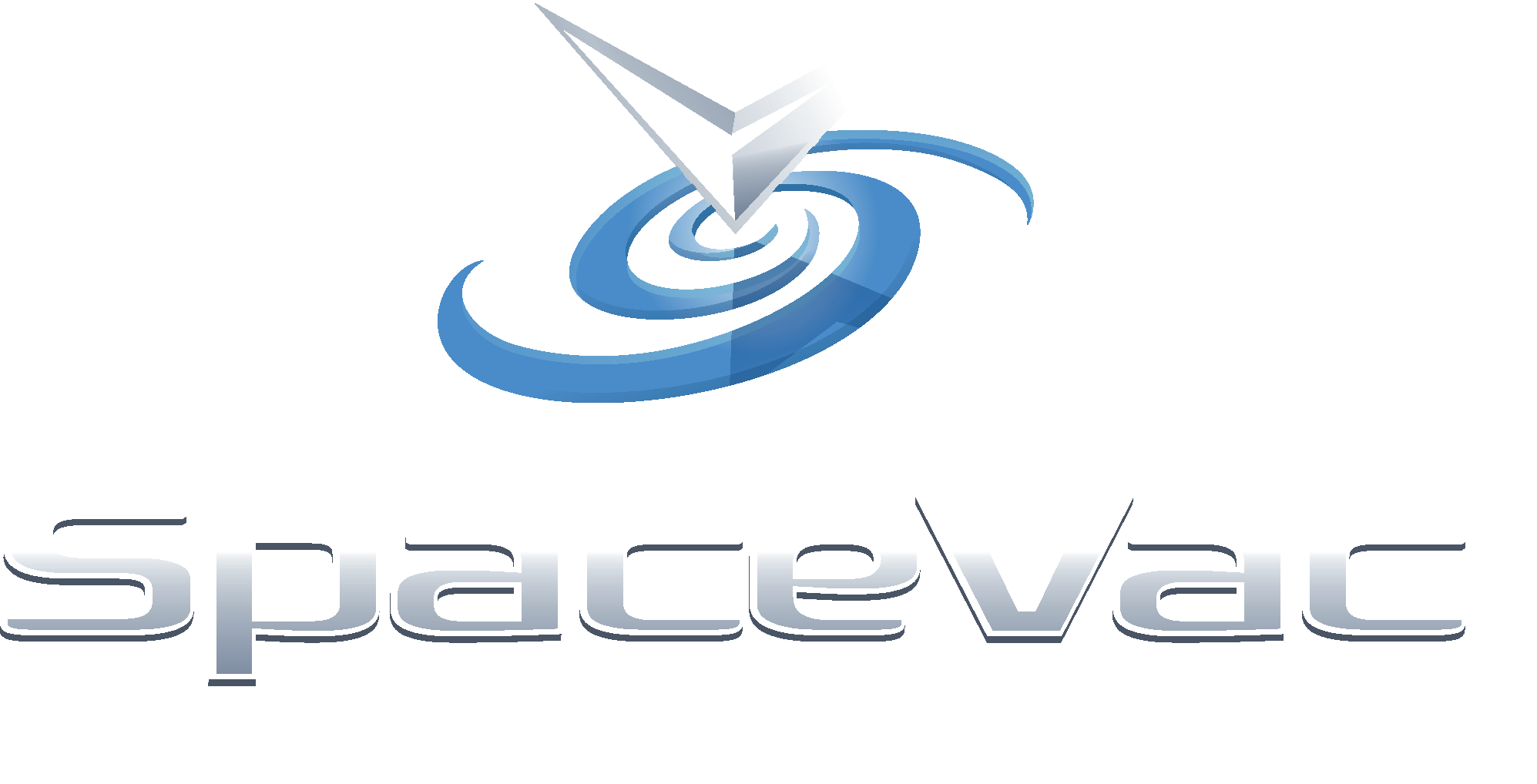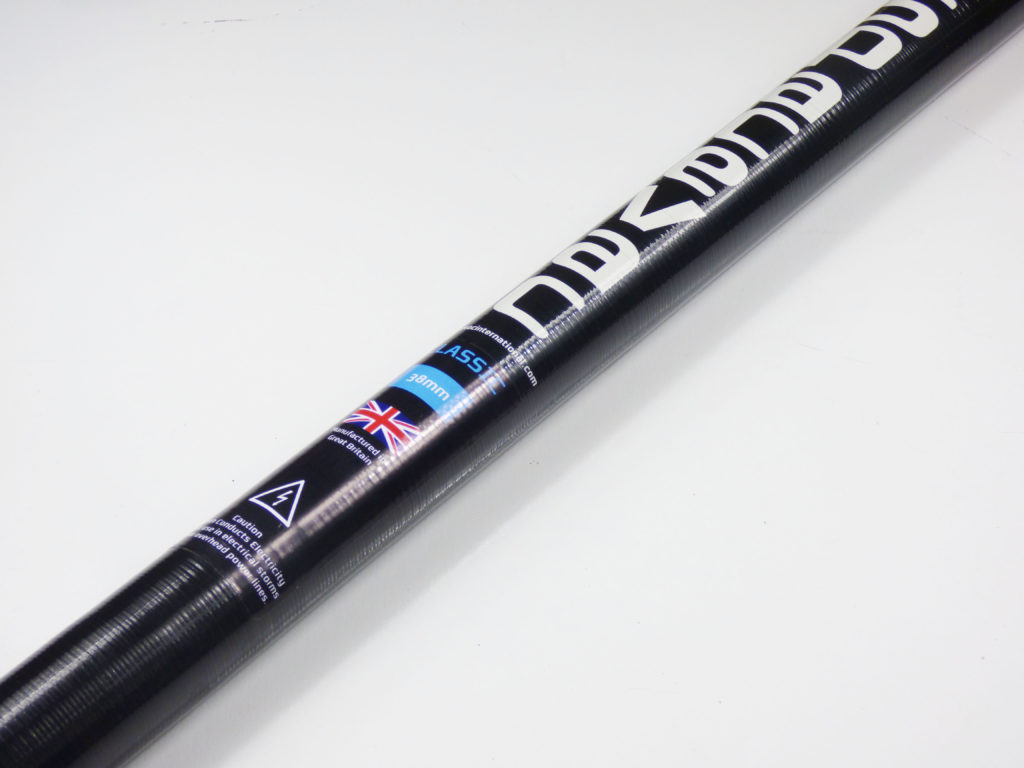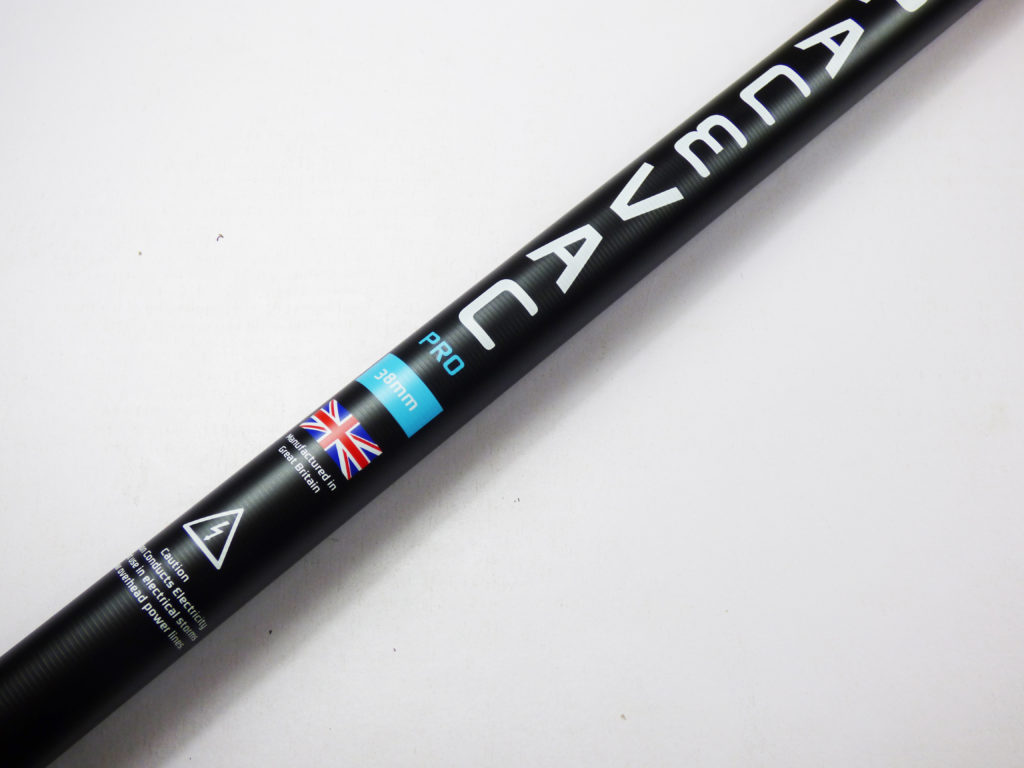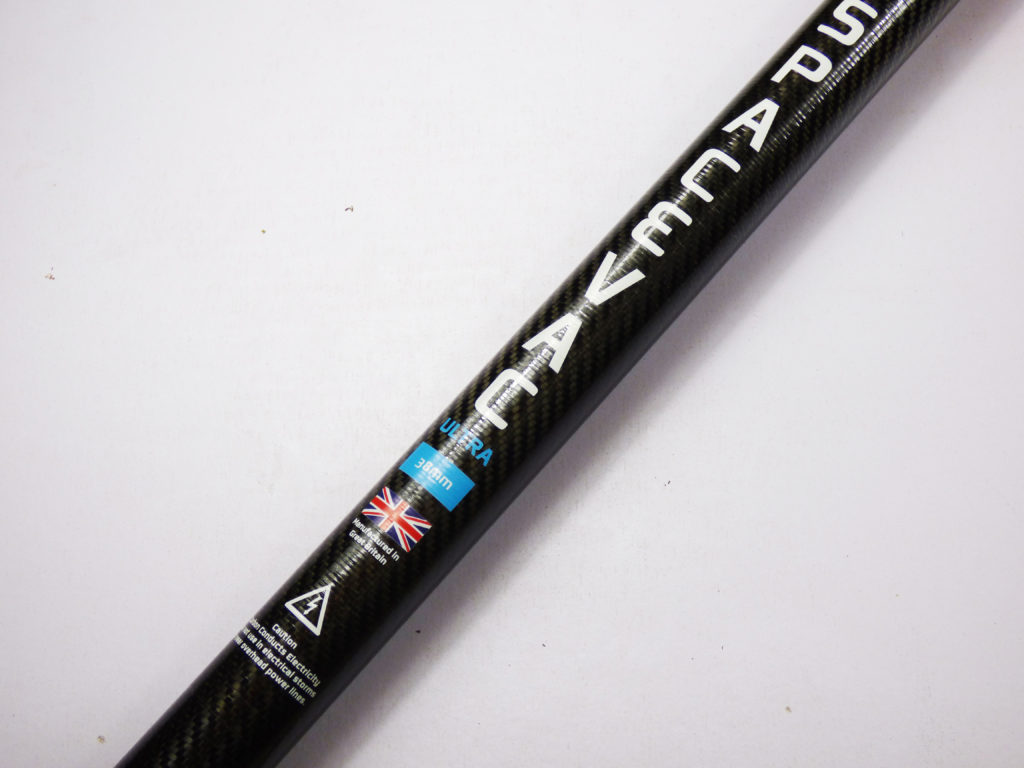A Quick Introduction to our Carbon Engineering
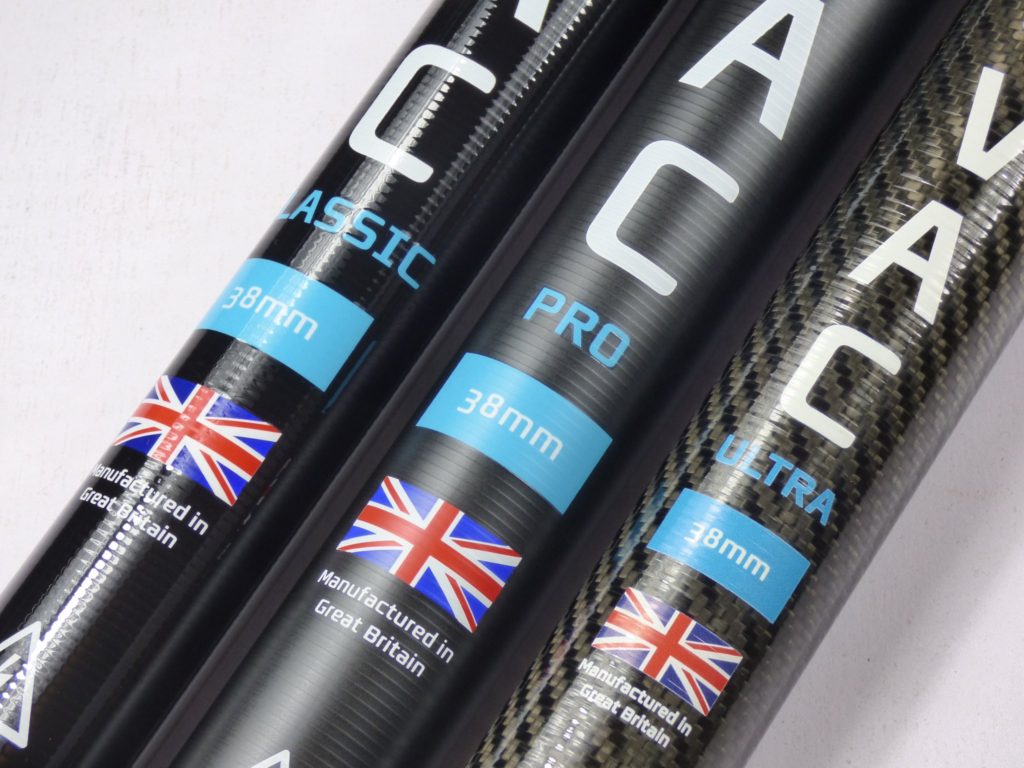
This week on the blog – we handed the keys over to our Technical Manager Andy for a lesson on the differences between our pole systems.
As you can see from elsewhere on the site here, the SpaceVac range has got a number of different products that are aimed at a particular environment or price point. If you look closely at the products available, you will notice that there are some fairly obvious ways that the different systems are unique to each other.
To begin with – the type, length and number of the poles included in the kit will determine where the system should be used and to what heights the operator can safely clean. In addition, you will also note that in some cases the contents of other elements of the system – from the host kit to the tools and brushes found in the head kit – vary as well.
The other main way that our systems are differentiated from each other is in the actual manufacture of the polls themselves. Generally – all of our poles are manufactured from the use one of three main carbon engineering techniques which give the poles certain qualities.
You can see the three different sorts of carbon we are discussing in the photos of the three poles below:
On the left – you can see the classic Unidirectional weave that can be found on our Lite, Pioneer and Classic poles. This is the most common carbon weave we use in our range and you can see it gets its name UNIDIRECTIONAL from the way that the weave runs in parallel circles around the outside of the poles.
In the centre of these three pictures, you can see our Pro pole which features a more advanced 3k weave. Here; 3000 carbon filaments are woven together per tow (the measurement of this kind of strand) to create a much more refined carbon finish. You can note visually to the eye the much more polished matt feel – but in addition to the visual aspect, this carbon is also lighter and more durable than our standard unidirectional poles. The additional extra tensile strength of the bonds between the carbon particles means the poles.
Finally – on the right of these three photos, you can see the 12k weave utilised in our ULTRA poles. looks completely different again. Heres, 12,000 filaments per tow are weaved together, and in the case of the ultra poles; woven a multidirectional pattern that gives the Ultra pole their distinctive snakeskin appearance. The use of a multi-directional weave, is what also makes the Ultra poles so durable and crucially – what gives them the extra rigidity required when stacking poles up to the full 20m extension.
While we have looked at our Internal poles for the sake of this blog post today, the same principles are applied to the manufacture of our other pole systems as well – with the variant being our ATEX cleaning poles, which utilise a 100% carbon weave to ensure the system stays conductive and safe for use in ATEX certified explosive atmospheres.
We hope this helps to explain some of the differences in our pole systems, however – if you have any other questions or would like some assistance in finding the right product for you – be sure to contact us today!
